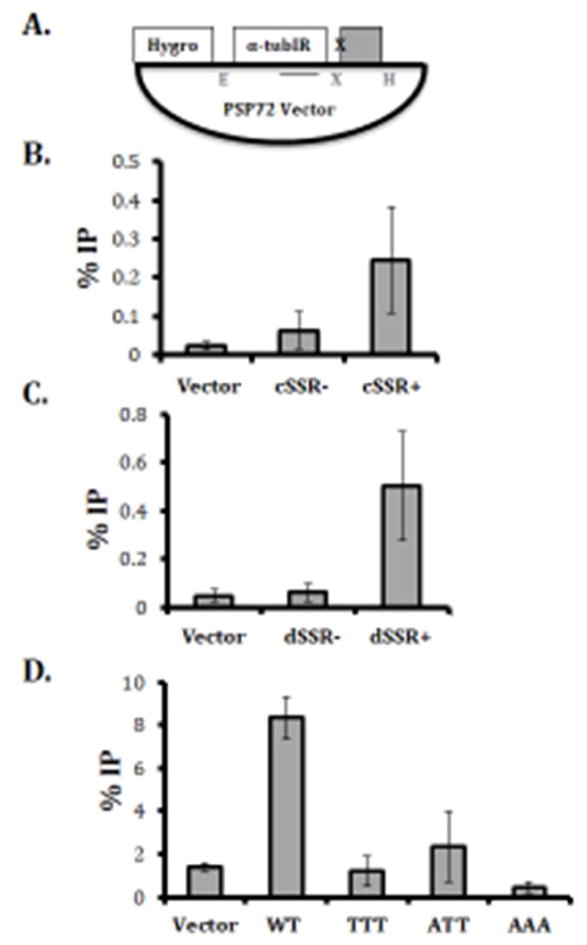Fig. 1. Specific DNA sequences promote base J synthesis in vivo.

(A) Schematic of the plasmids containing strand switch regions and telomeric repeats. Fragments, indicated by the grey box, corresponding to ~1kb regions from SSRs and telomeric repeats were cloned into the XhoI (X) and HindIII (H) restriction site of the PSP72 Vector before transfection into wild type L. major. The hygromycin resistance gene (Hyg) proves a selectable marker after transfection. Plasmids were digested with EcoRI (E) and HindIII (H) and J levels stimulated by the cloned DNA fragment was determined by anti-J IP-qPCR as described in supplementary materials and methods. Solid line below tub IR indicates region amplified in qPCR. (B–D) The percent IP of J-containing DNA from an empty PSP72 vector, and PSP72 vector containing a SSR fragment and telomeric repeats. %IP was calculated relative to input DNA. (B) Convergent SSR that lacks base J (cSSR−) or contains base J (cSSR+) in the normal genomic context. (C) Divergent SSR that lacks base J (dSSR−) or contains base J (dSSR+) in the normal genomic context. (D) % J DNA IP resulting from 6 copies of the wild type GGGTTA telomeric sequence; GGGTTT (TTT), GGGATT (ATT), GGGAAA (AAA). Experiments were performed in triplicate and error bars are representative of standard error.
